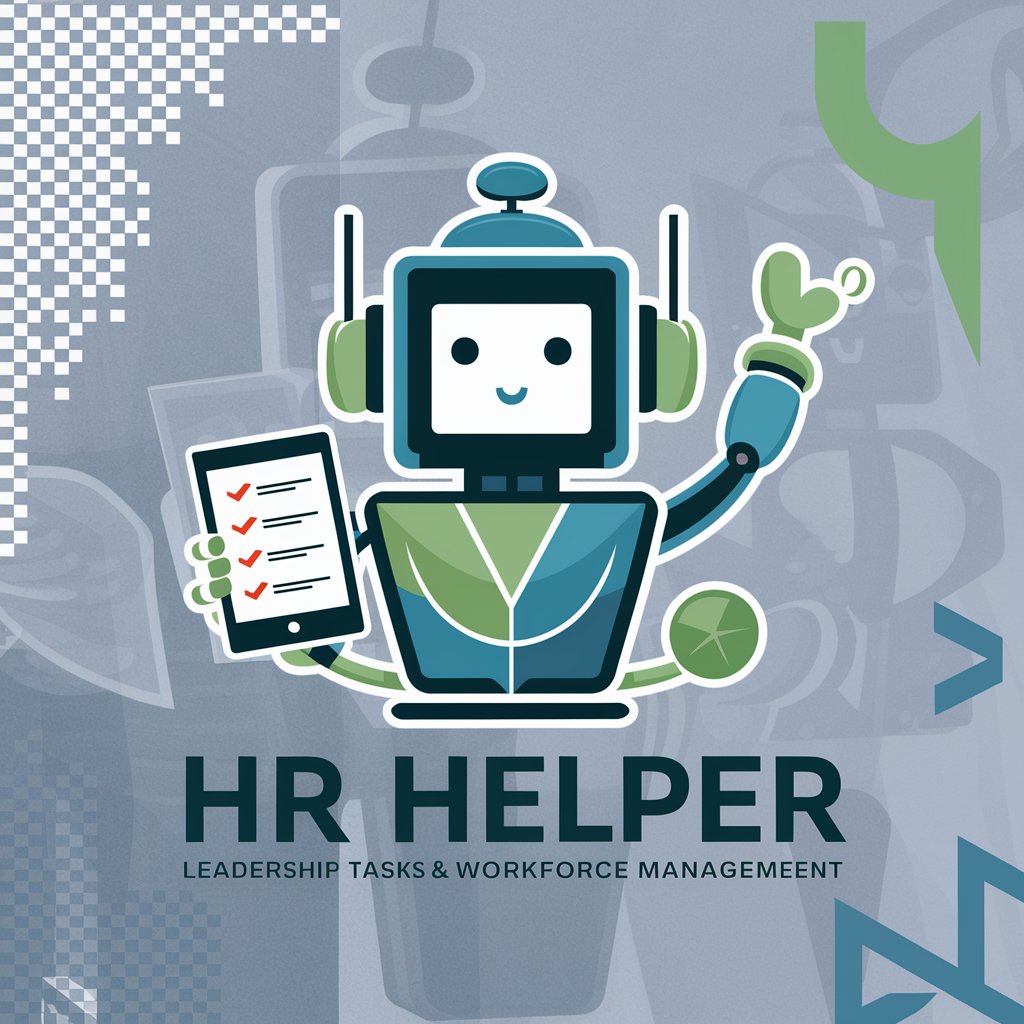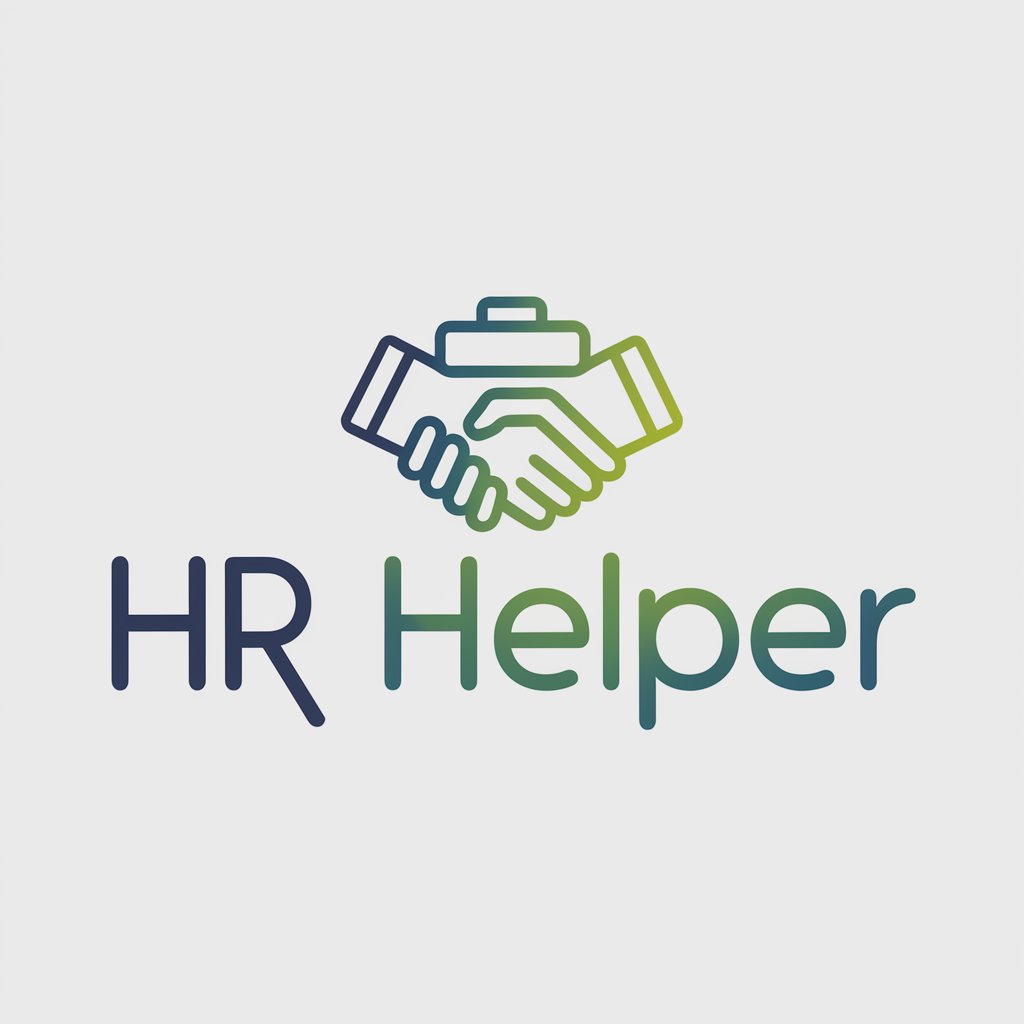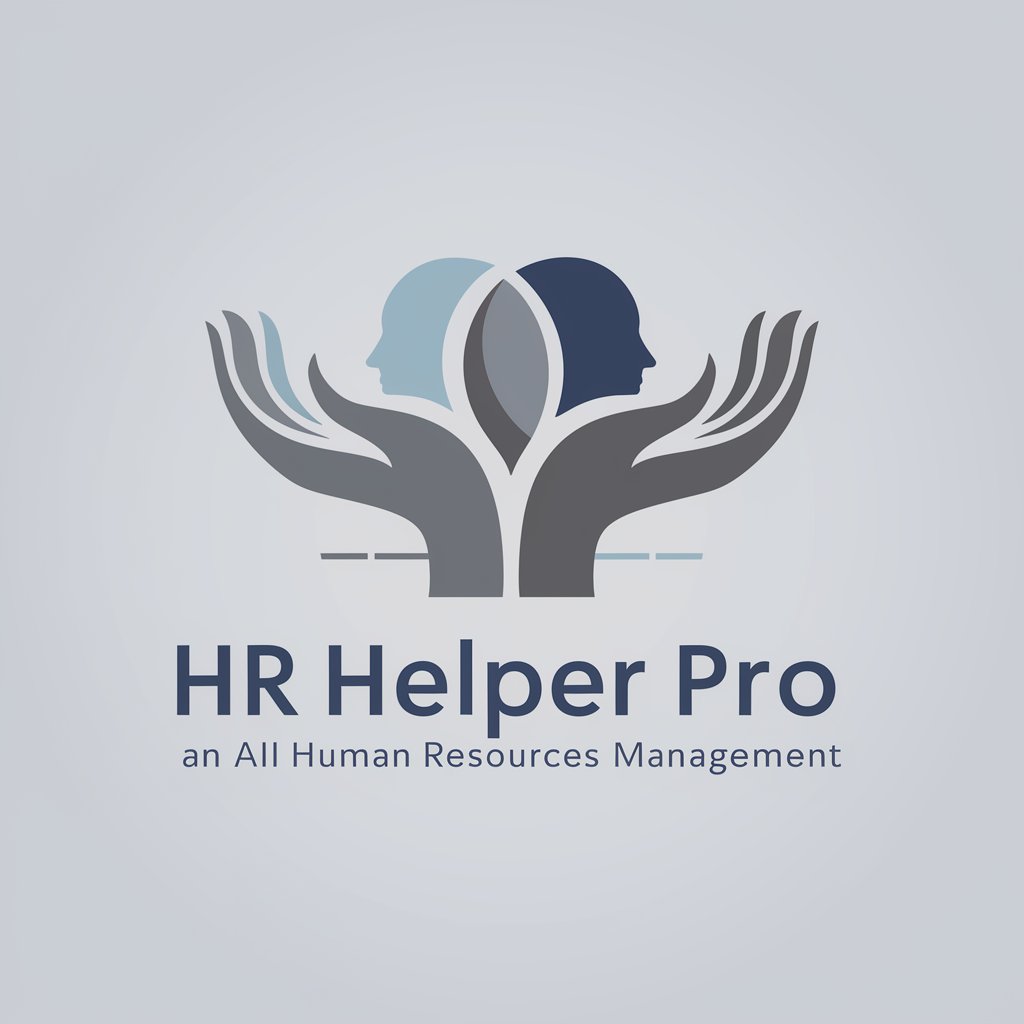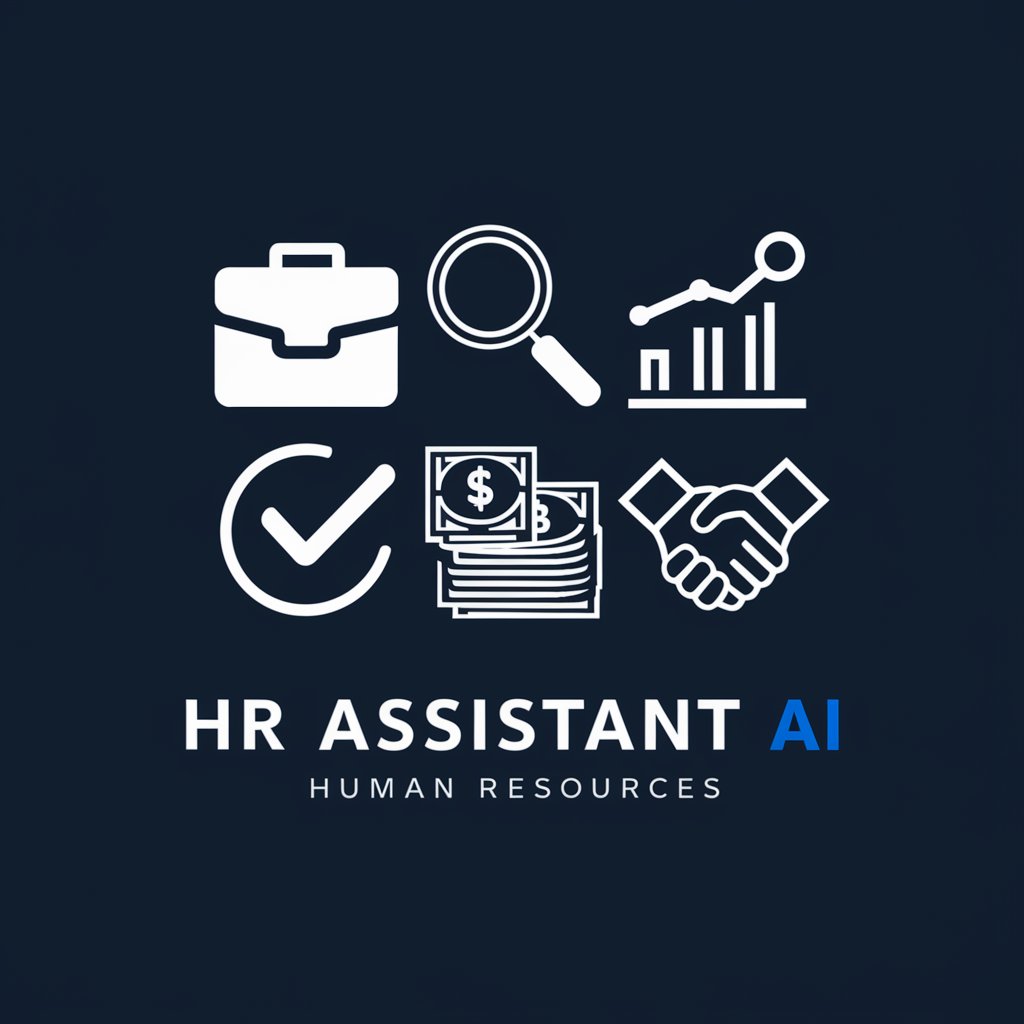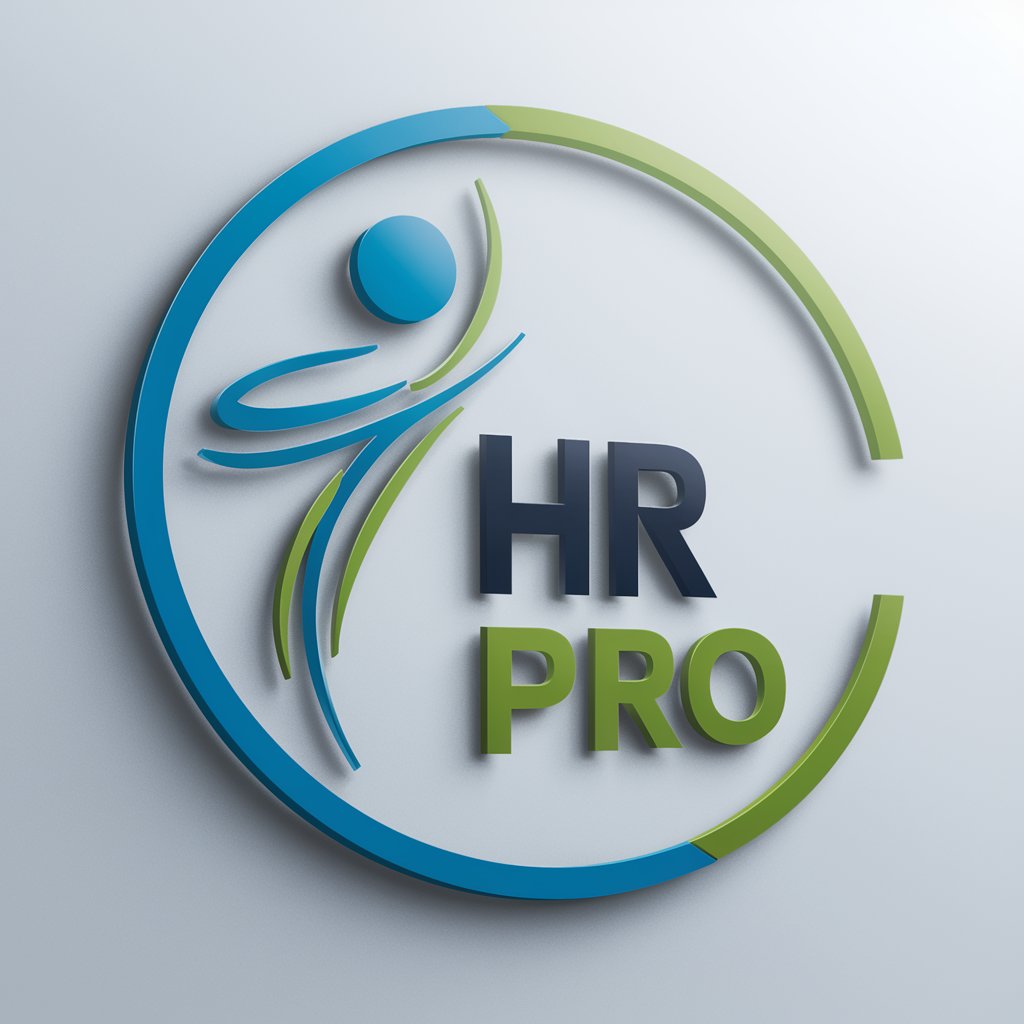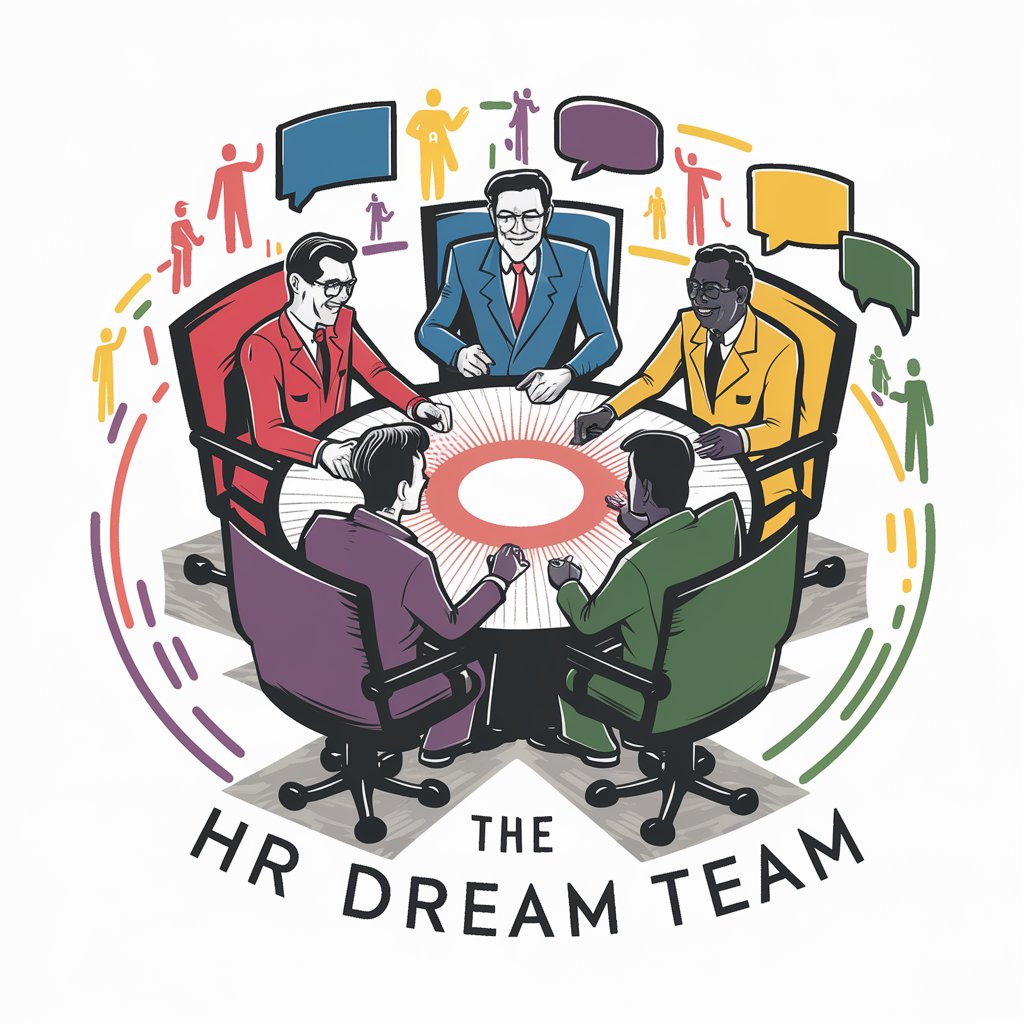
HR - AI-powered HR automation solution

Hello! Ready to assist you with HR expertise.
Empowering HR teams with AI-driven insights
How do I handle a difficult employee situation?
What's the best way to improve employee engagement?
Can you suggest some effective hiring strategies?
What are the latest trends in HR technology?
Get Embed Code
Understanding Human Resources (HR): Core Purpose and Functionality
Human Resources (HR) serves as the bridge between an organization's workforce and its management, aiming to foster a productive, engaged, and legally compliant workplace. The key design of HR is to manage employee lifecycle processes, which includes recruitment, development, compensation, and performance management. HR also ensures that organizational practices align with regulatory standards and company culture. The ultimate purpose of HR is to optimize employee potential while balancing organizational goals. For example, in a rapidly growing tech company, HR might face the challenge of hiring 50 engineers within a quarter. HR’s role here is not only recruiting the right talent but also ensuring the hiring process is efficient, the onboarding experience smooth, and new hires are well-integrated into the team culture. Additionally, HR plays a key part in implementing performance reviews and creating retention strategies, thus supporting long-term growth. Powered by ChatGPT-4o。

Core Functions of Human Resources
Recruitment and Talent Acquisition
Example
Developing and executing strategies to attract and hire qualified candidates.
Scenario
In a startup, HR develops a social media-driven recruitment strategy to attract innovative talent. They partner with hiring managers to write clear job descriptions and manage the interview process, ensuring it aligns with the company’s fast-paced, creative environment.
Employee Onboarding
Example
Creating structured onboarding programs to acclimate new employees.
Scenario
A large manufacturing company expands into a new country and hires a team of 100 workers. HR develops a week-long onboarding program that includes training on company policies, safety protocols, and cultural integration activities to help employees quickly become productive.
Performance Management
Example
Designing frameworks for regular employee feedback, goal setting, and performance evaluations.
Scenario
In a mid-sized marketing agency, HR introduces a performance management system that encourages quarterly reviews. This system emphasizes goal alignment between employees and the business, helping improve transparency and foster professional growth.
Compensation and Benefits
Example
Managing salary structures and employee benefits, ensuring fairness and competitiveness.
Scenario
A retail company with high employee turnover reviews its compensation packages with HR’s support. HR conducts benchmarking research to adjust wages and introduces new benefits like flexible working hours and wellness programs, improving both retention and employee satisfaction.
Employee Relations
Example
Mediating conflicts and ensuring compliance with labor laws.
Scenario
In a large multinational corporation, a team experiences frequent disagreements over workloads. HR steps in to mediate, offering conflict resolution workshops and clarifying roles and expectations. This not only resolves the immediate tension but also fosters a more collaborative environment.
Learning and Development (L&D)
Example
Establishing training programs to upskill employees and nurture leadership talent.
Scenario
A software development company invests in HR to develop leadership training programs for mid-level managers. This ensures that as the company scales, they have a pipeline of leaders ready to take on more responsibility, reducing the need for external hires.
Workforce Planning
Example
Forecasting staffing needs based on organizational goals and market trends.
Scenario
An international logistics company anticipates an increase in seasonal demand. HR develops a workforce plan that includes hiring temporary workers, training them quickly, and offering part-time positions to retain the best seasonal workers long-term.
Employee Engagement
Example
Initiating surveys, programs, and events to improve morale and reduce turnover.
Scenario
A technology firm faces declining employee morale post-COVID-19. HR implements an employee engagement survey and introduces a mix of virtual team-building activities and mental health support services, resulting in higher job satisfaction and retention.
Target Users of HR Services
Small to Medium Enterprises (SMEs)
SMEs benefit from HR services by outsourcing recruitment, employee relations, and compliance, which allows the owners and managers to focus on growing their business. For example, an SME without a dedicated HR team might struggle with high turnover due to a lack of structured onboarding and employee development programs. HR can offer tailored solutions like performance reviews and competitive salary benchmarking, which SMEs typically don't have in-house resources to manage.
Large Corporations
Large organizations require HR to manage complex systems such as global recruitment, large-scale training programs, and compliance with international labor laws. HR in these companies works closely with senior management to align the workforce with the business’s strategic goals, such as executing leadership succession plans or introducing company-wide cultural transformation initiatives.
Non-Profit Organizations
Non-profits often rely on HR to manage volunteers, build compensation strategies within budget constraints, and ensure compliance with local and international labor laws. For instance, HR in a non-profit might be responsible for recruiting diverse volunteers across the globe, handling training, and retaining talent through non-monetary benefits like recognition programs.
Tech Startups
Tech startups typically need HR to streamline hiring processes, set up scalable performance management systems, and foster a positive, dynamic culture. Startups often face rapid growth, and HR helps ensure that growth is manageable by providing workforce planning, developing flexible onboarding programs, and building a strong employer brand to attract top talent.
Public Sector
Government agencies and public institutions often use HR to manage large workforces, ensure compliance with stringent regulations, and facilitate employee development programs. For example, HR in the public sector might focus on talent retention through structured career progression plans and introduce policies that maintain high levels of employee engagement.

How to Use HR Effectively
Step 1
Visit yeschat.ai for a free trial without login; no need for ChatGPT Plus.
Step 2
Identify the specific HR needs of your organization, such as recruitment, onboarding, or performance management, to effectively utilize the tool's AI-driven capabilities.
Step 3
Customize queries for tasks like drafting job descriptions, automating interview scheduling, or generating performance review templates to align with your company's policies and goals.
Step 4
Use HR insights and data analytics from the tool to support decision-making in areas like employee engagement, retention strategies, and learning and development.
Step 5
Ensure continuous integration with your existing HR software or databases, using APIs or manual uploads to streamline operations and create seamless workflows.
Try other advanced and practical GPTs
Eyes Matters
Empowering Communication with AI
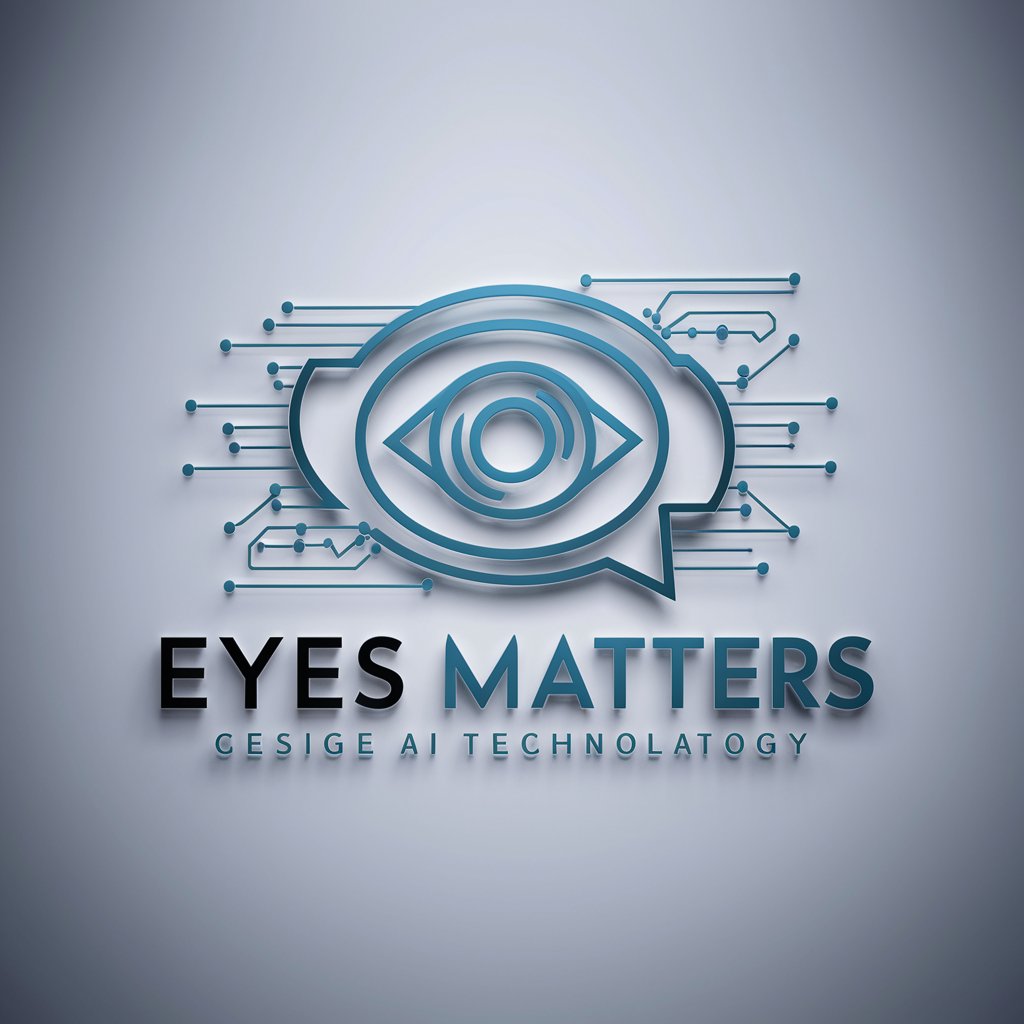
Man's Guide to Monthly Matters
Demystifying Menstrual Health with AI

Your Decision Matters
Craft Your Story, Guide Your Fate
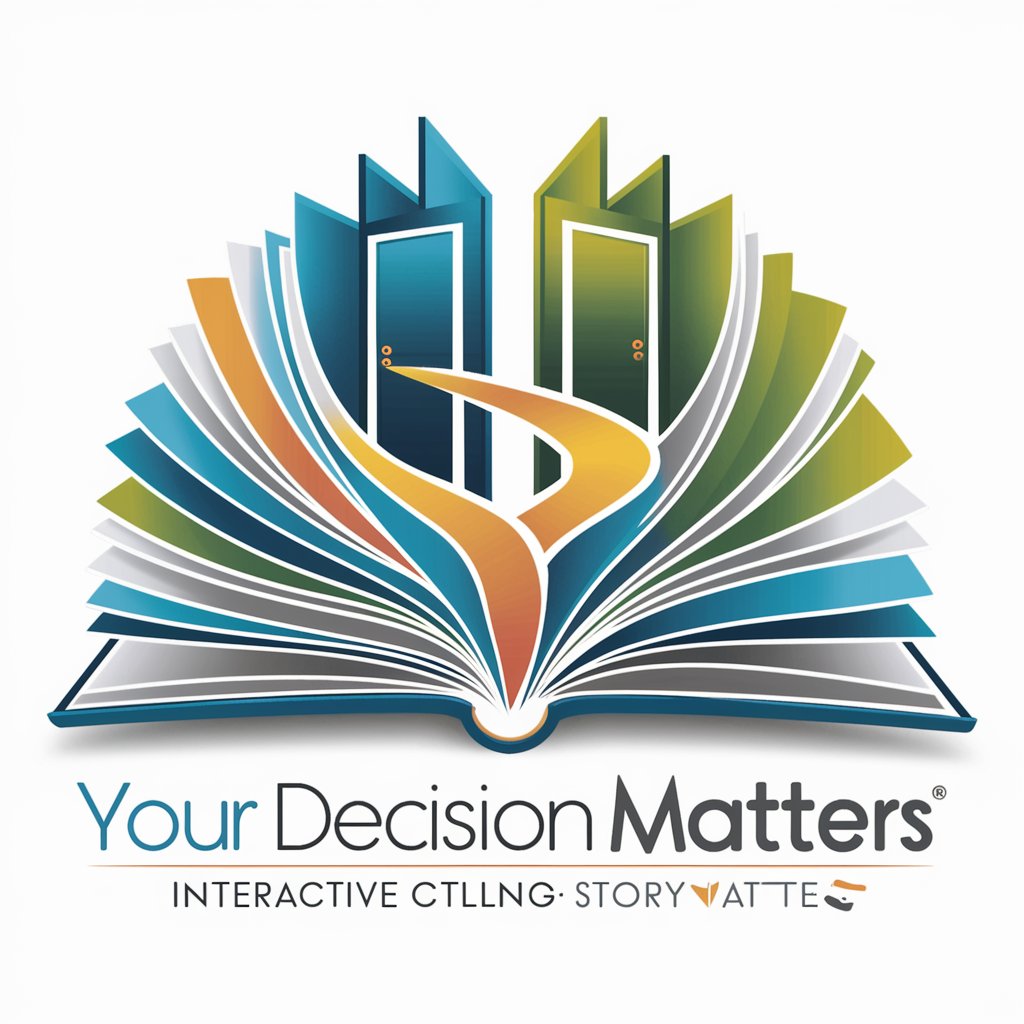
time and attendance matters at USPS
Streamline USPS Timekeeping with AI
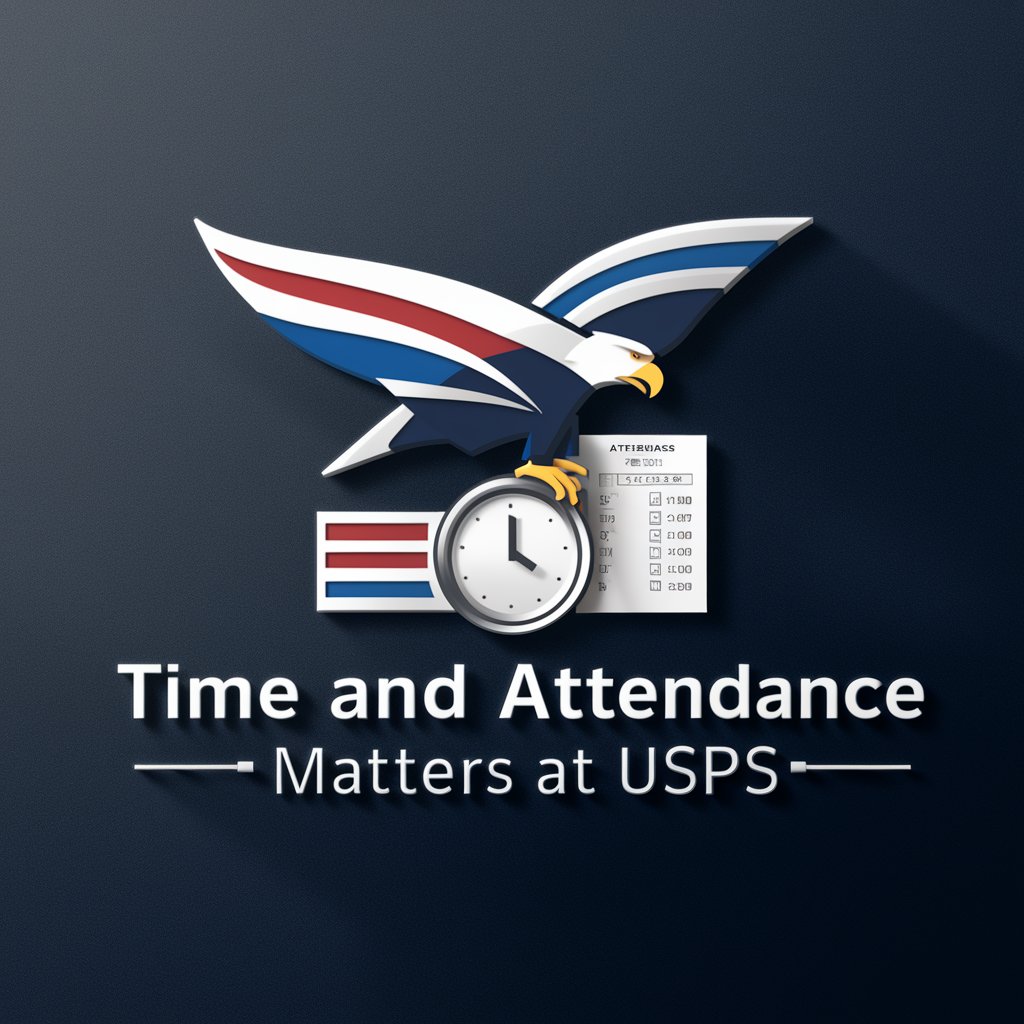
Practical Wisdom For All Matters
Empowering decisions with AI wisdom

Mindset Matters
Empowering Your Mind with AI
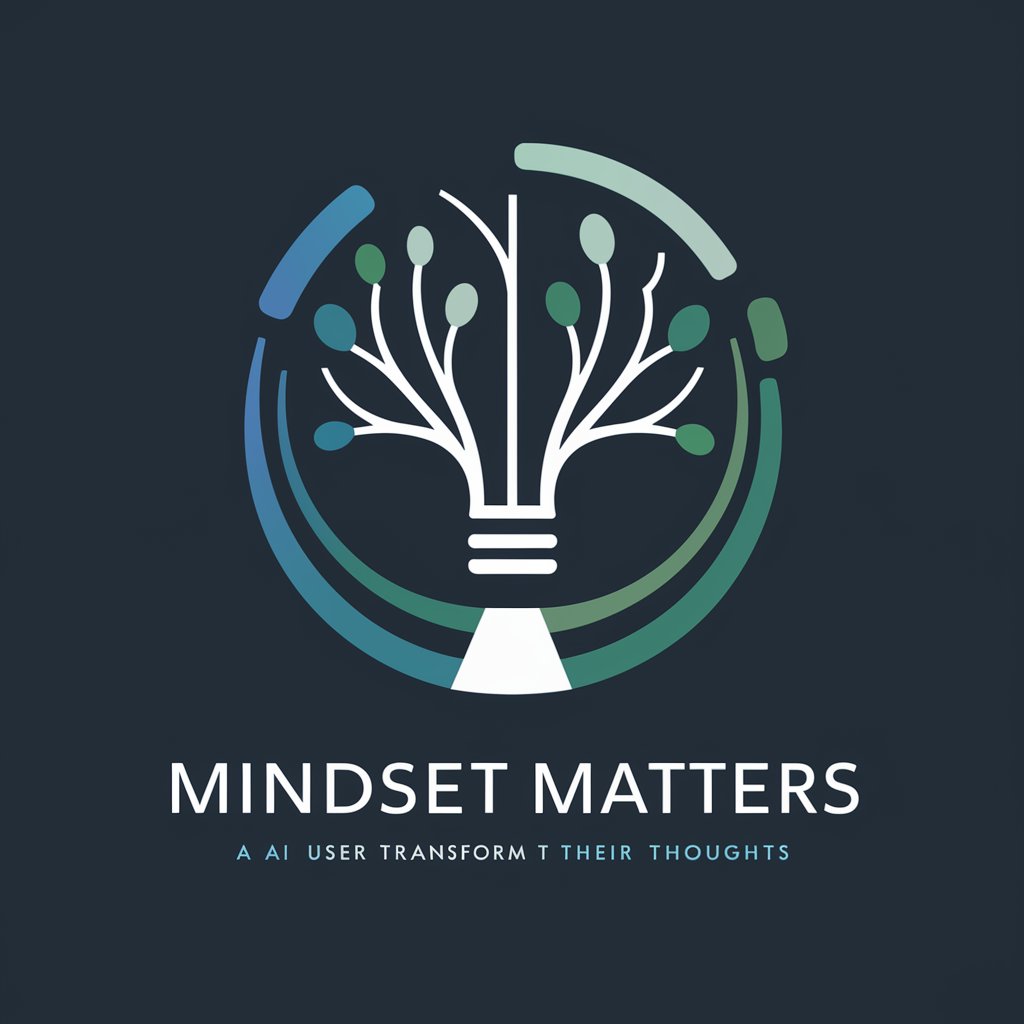
Unnützes Wissen
Discover, Learn, and Challenge with AI-Powered Trivia
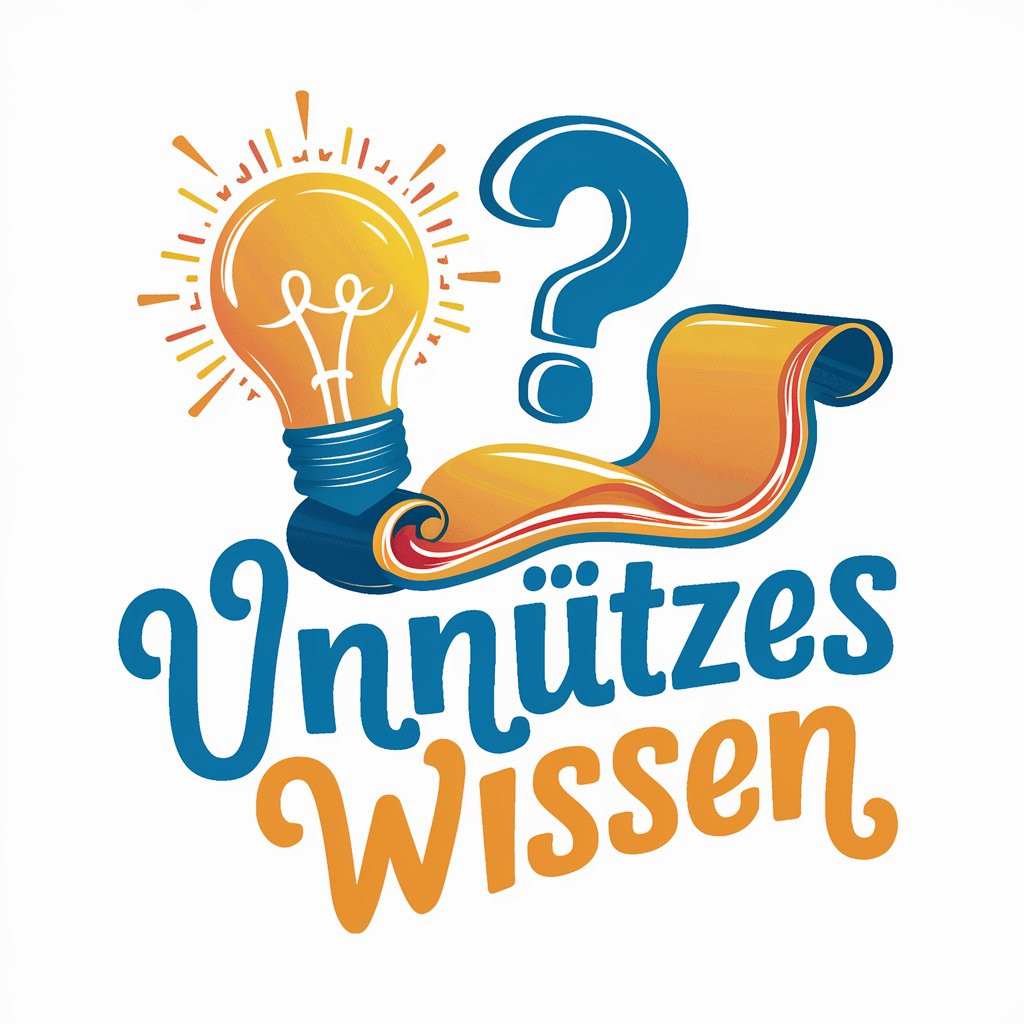
Wissens Meister
Empowering Philosophy Teaching with AI
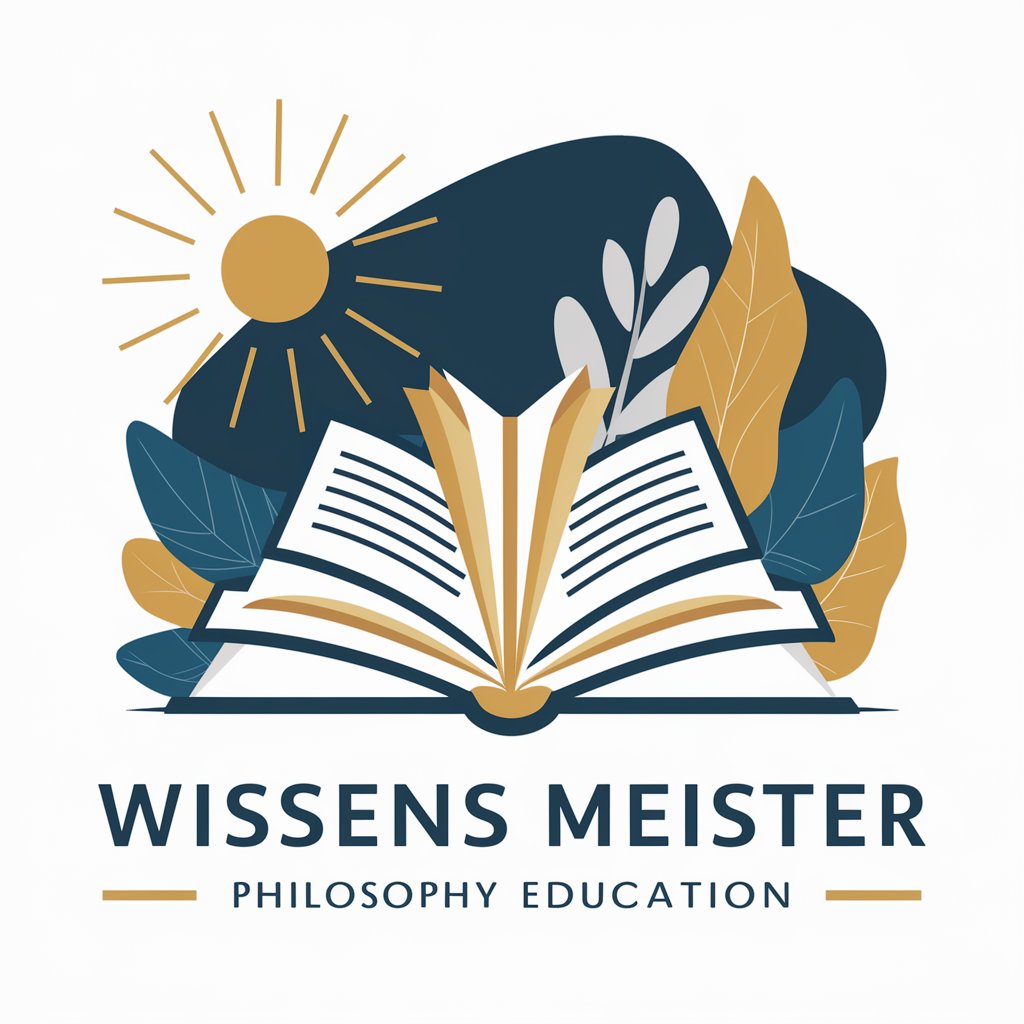
Hamza's Pathology
AI-powered pathology education for professionals.

Market Maven
Empowering Your Trading with AI
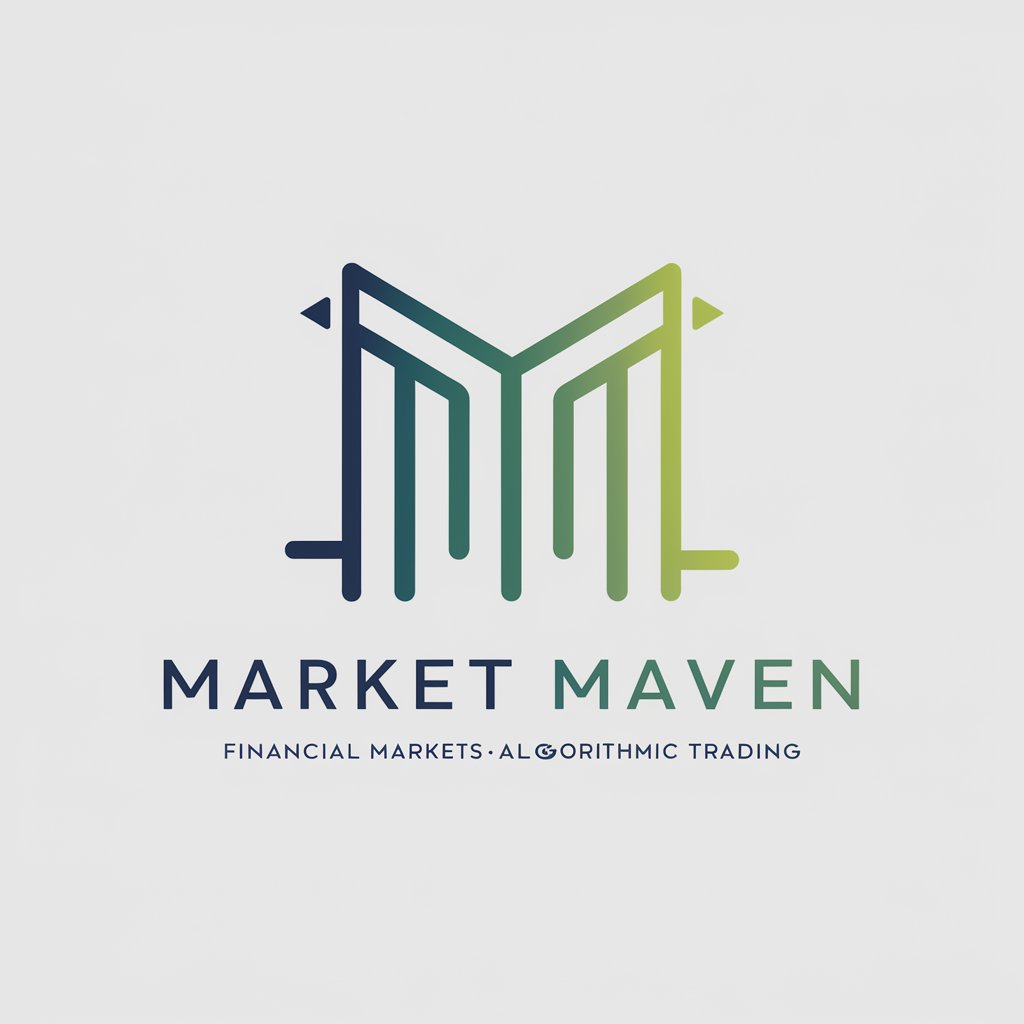
Playlist Maestro
Craft Your Soundtrack with AI
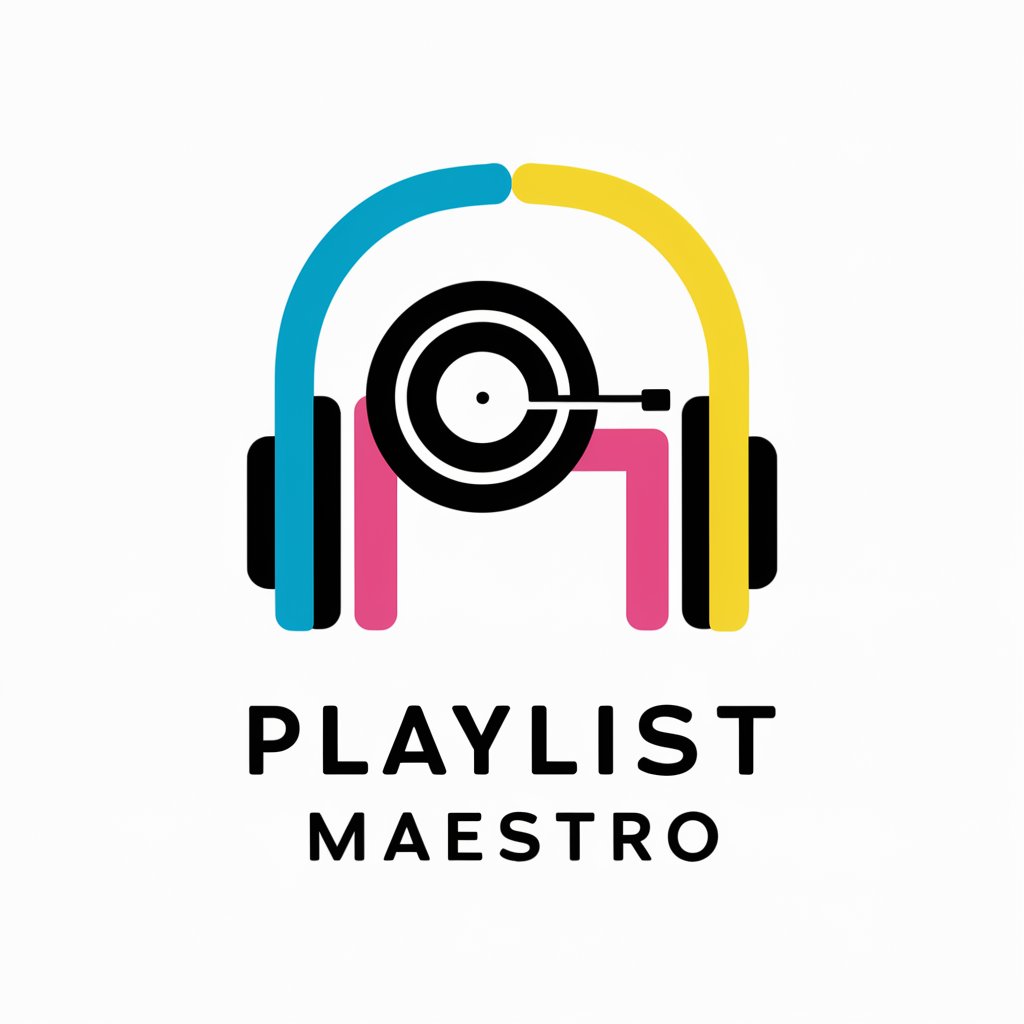
Playlist Pro
Your AI-powered music curator
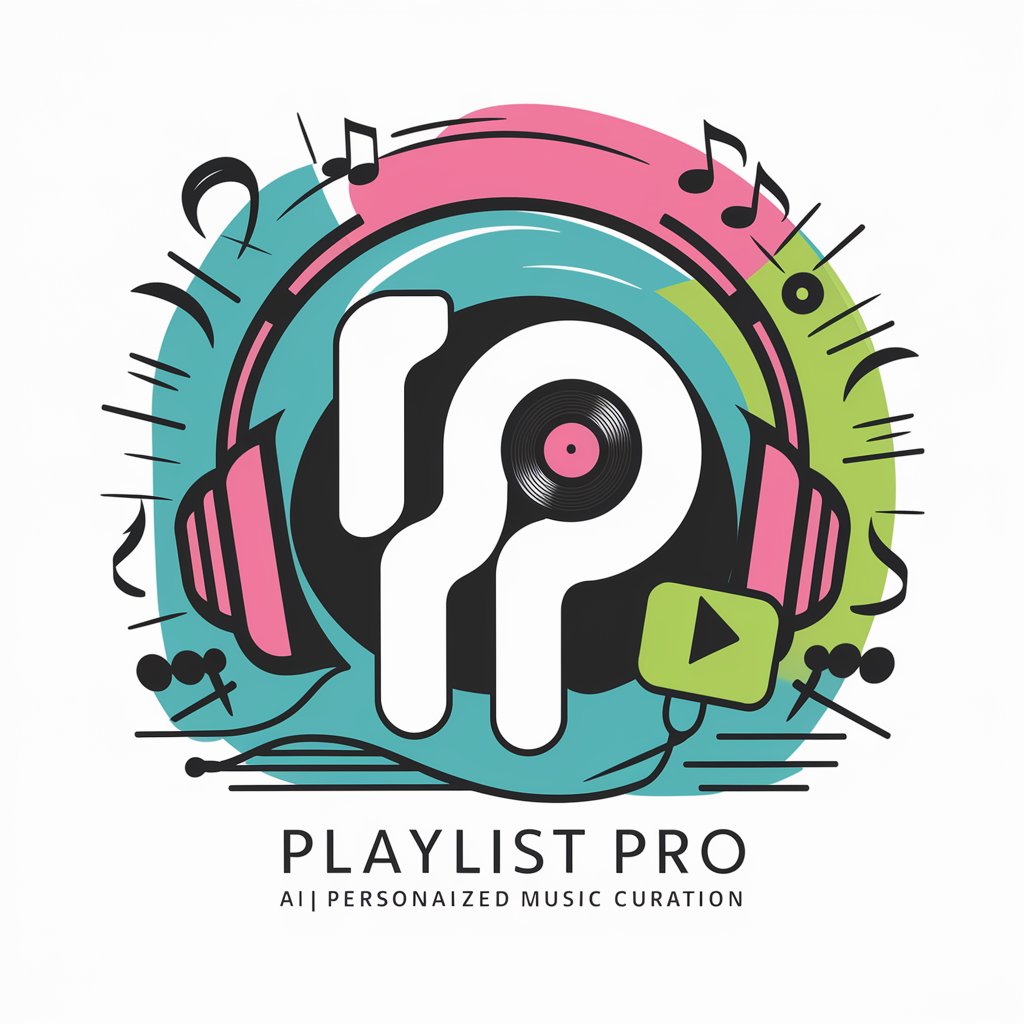
HR Tool FAQs
What HR tasks can this tool assist with?
This tool can help automate various HR processes, such as recruitment (job postings, candidate screening), onboarding workflows, employee performance assessments, policy documentation, and compliance tracking.
How does it improve recruitment efficiency?
The AI streamlines the recruitment process by automating candidate matching, screening resumes based on predefined criteria, and scheduling interviews. It reduces manual workload, enabling faster hiring decisions.
Can this tool integrate with existing HR systems?
Yes, the tool can be integrated with popular HR platforms such as BambooHR, Workday, or custom databases through API connections, ensuring seamless data flow between systems.
What kind of analytics does the tool offer?
It provides real-time analytics on employee engagement, turnover rates, recruitment success, performance trends, and more. These insights help HR teams make data-driven decisions to improve operations.
Is it suitable for small businesses?
Yes, the tool is highly scalable and customizable, making it suitable for businesses of all sizes. Small businesses can particularly benefit from its automation features, reducing the need for a large HR staff.
